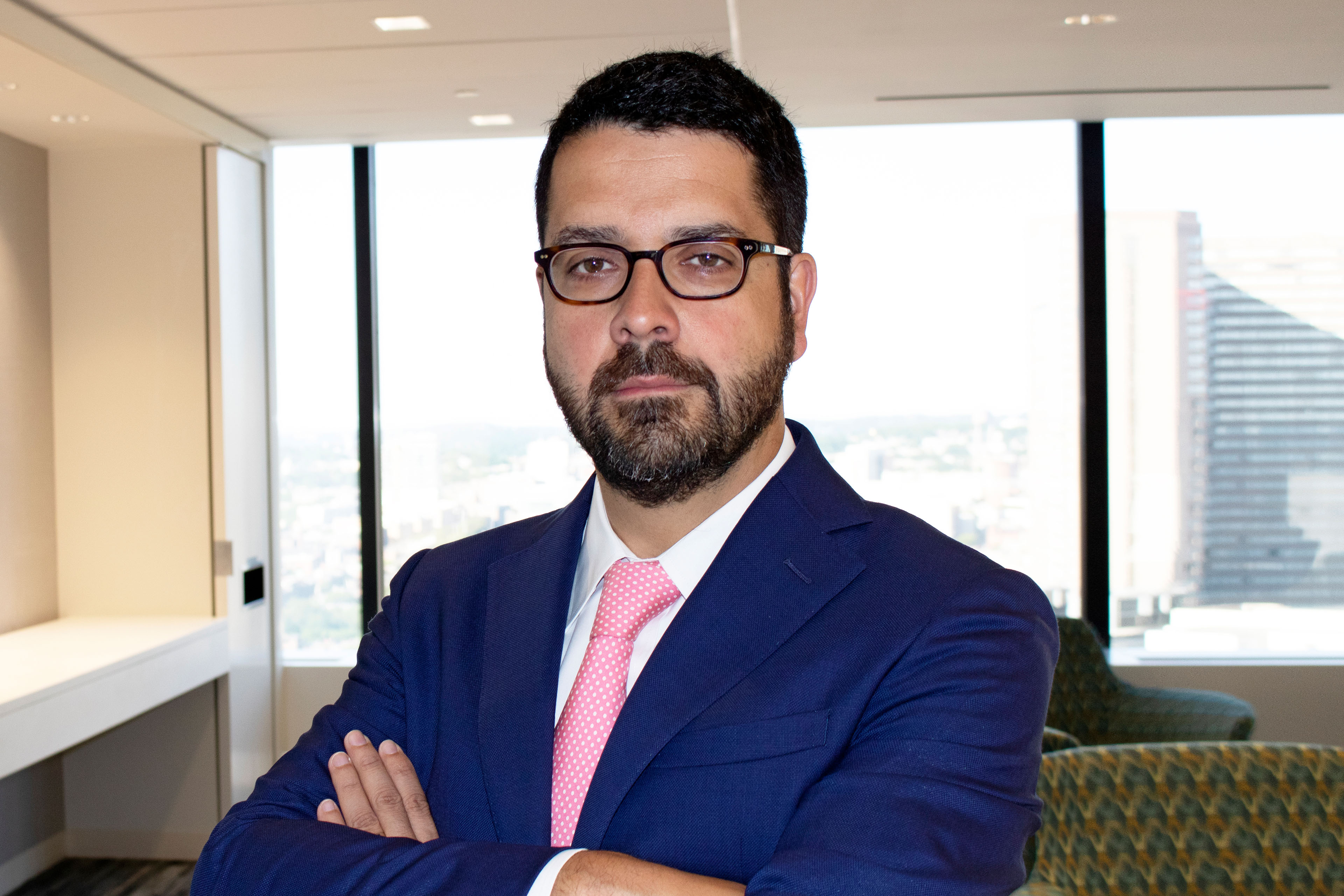EY refers to the global organization, and may refer to one or more, of the member firms of Ernst & Young Global Limited, each of which is a separate legal entity. Ernst & Young Global Limited, a UK company limited by guarantee, does not provide services to clients.

Will a new equilibrium in capital markets impact your ambitions?
Private equity companies must be innovative to seize the growing opportunities for private capital in the enterprise funding market.
New capital raised from private markets now exceeds capital raised from public sources in the US and is on the rise globally. As enterprise funding structures shift away from public equity markets, private equity (PE) companies are at a turning point, as they position themselves to capture the growing opportunities for private capital in the dynamic and competitive enterprise funding market.
Download: A New Equilibrium Report
From their roots in buyout and venture capital in the 1970s and 80s, PE firms have come a long way and seen a period of tremendous growth. They now offer innovative models able to provide funding at virtually all stages of a company’s lifecycle — from seed, to growth capital, to newer long-life funds — that are beginning to open the investable universe to entirely new types of businesses not suitable for more traditional investment structures. EY’s Private Equity report - A New Equilibrium - PE’s growing role in capital formation and the critical implications for investors - found that this broad set of investment tools has spurred investors to grow PE’s global assets under management (AUM) from US$500bn in 2000 to US$3.4tn in 20191. This evolving set of investment tools, paired with stagnating yields in public equity and fixed-income markets, has grown the number of funding options available to middle market companies. Those increased funding options are reducing the need for such companies to go public in order to raise capital and thereby contributing to a two decade-long decline in middle market companies going for IPOs in the US.
Looking ahead, there is a great opportunity for PE firms to access vastly more private capital from household investors (e.g. high-net worth individuals and family offices) and institutional investors (e.g. endowment funds, pensions, and insurance), which hold US$15t and US$10t in AUM respectively in the US alone, of which only a small proportion is currently committed to PE2. Family offices globally, for instance, commit 19% of their capital to PE on average3 and that share is growing annually as PE firms continue to offer returns exceeding public equities alternatives, expand their deal scope beyond North American and Western Europe, and appeal to family offices with their direct investment approach.
The past two decades of private capital investment have impacted all areas of the enterprise funding market and, for ambitious owners, founders, CEOs, and entrepreneurs, have offered access to very rapid growth. To maintain such growth, PE firms need to employ innovative value creation models, access opportunities from geographies and segments of the market that are less well-developed and adopt a wider range of investment strategies that capture new profit pools and growth opportunities. PE firms able to unlock their full ambition and respond to complexity with equally sophisticated models, will grow in influence and market presence.
For more detailed analysis and insights, read the full report, A New Equilibrium - PE’s growing role in capital formation and the critical implications for investors.
Summary
In a changing market, PE firms able to unlock their full ambition and respond to complexity with equally sophisticated models, will grow in influence and market presence.




